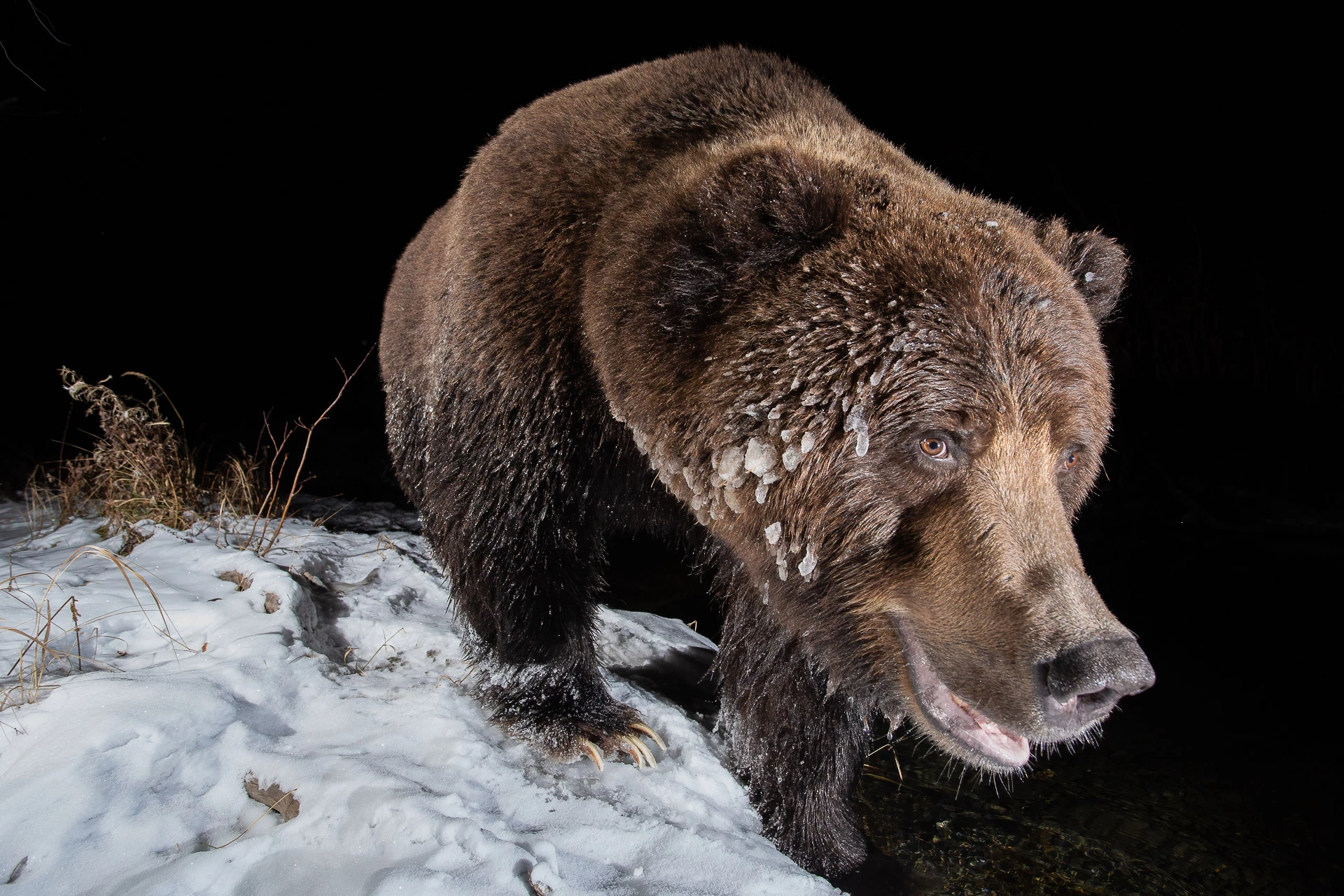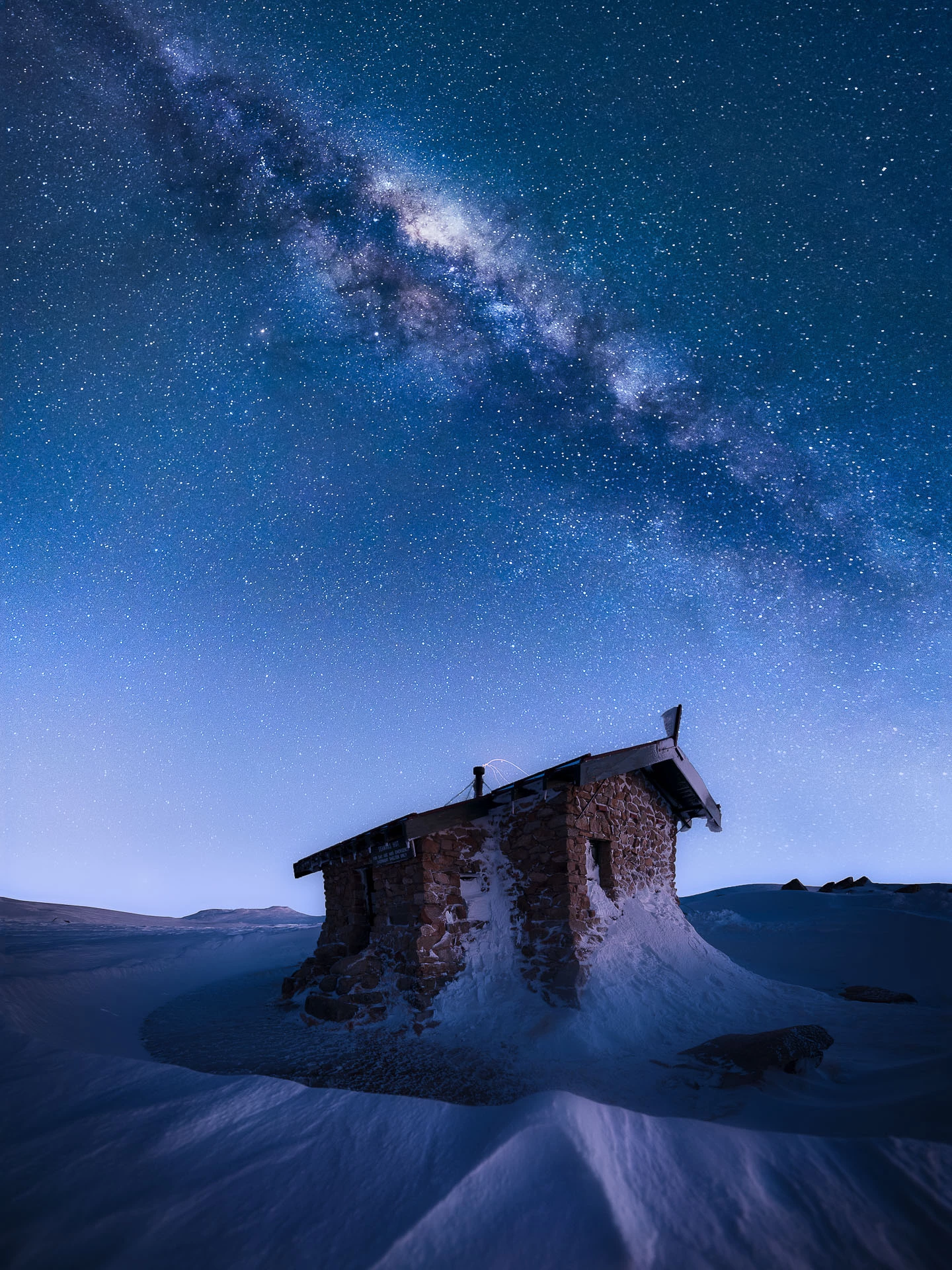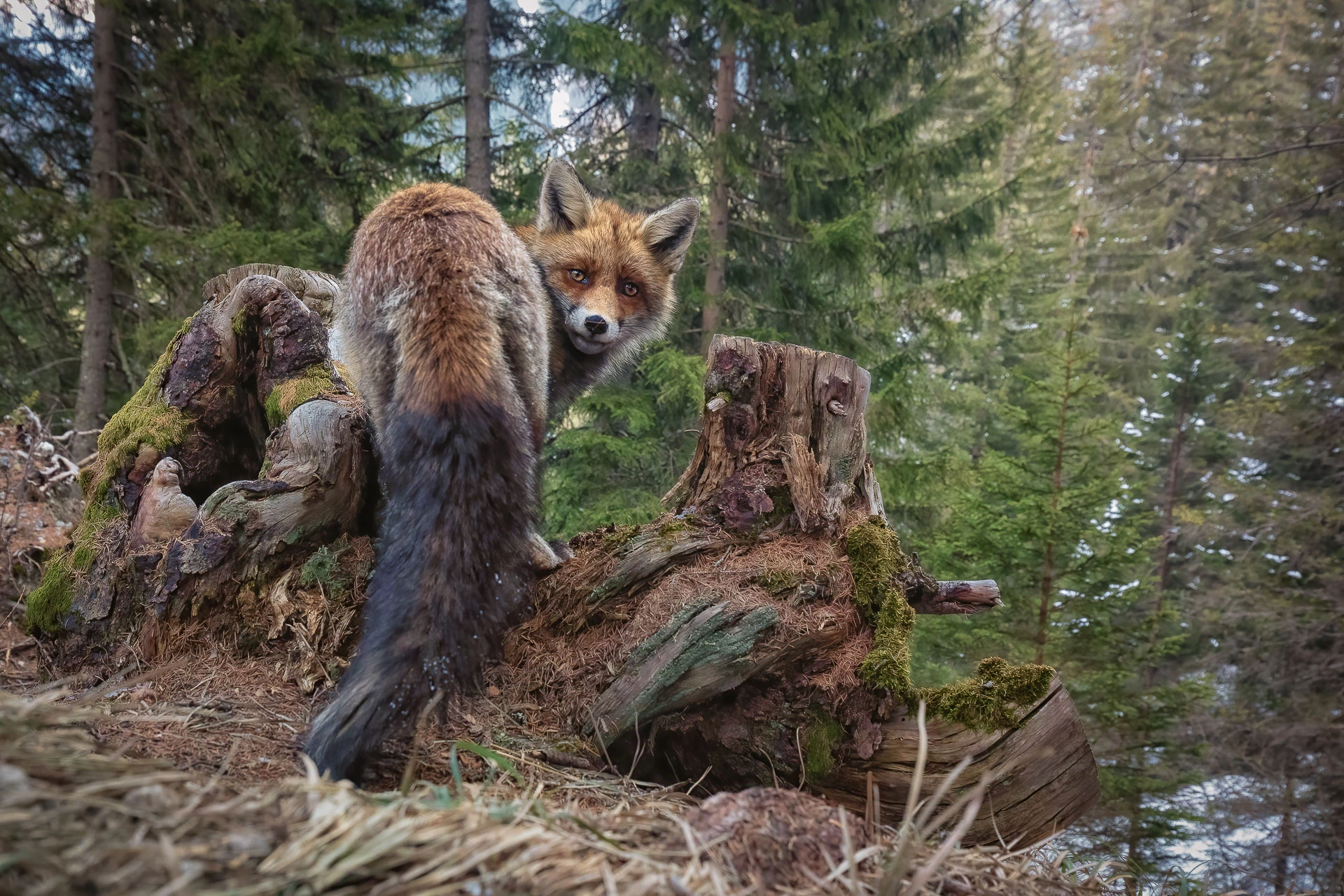In only its third year, the Nature TTL Photographer of the Year contest has quickly become a most impressive nature photo contest. This year’s highlights range from a rare glimpse at a caracal hunting in Tanzania, to an extraordinary shot of a moth covered in tiny balls of pollen.
Founded by wildlife photographer Will Nichols in 2014, Nature TTL is a free online resource and community for nature photographers. The photo contest, started in 2020, spans eight categories: Animal Behavior, Camera Traps, Landscapes, Small World, The Night Sky, Underwater, Urban Wildlife, and Wild Portraits.

This year the contest received more than 8,000 entries. The overall prize, selected by a judging panel of professional nature photographers, went to a shot from US photographer Dennis Stogsdill.
Titled “A Cat and Its Prize,” the image features the rarely photographed caracal proudly walking off with its prize following a successful hunt. Nicholls described the image as nature at its most raw.
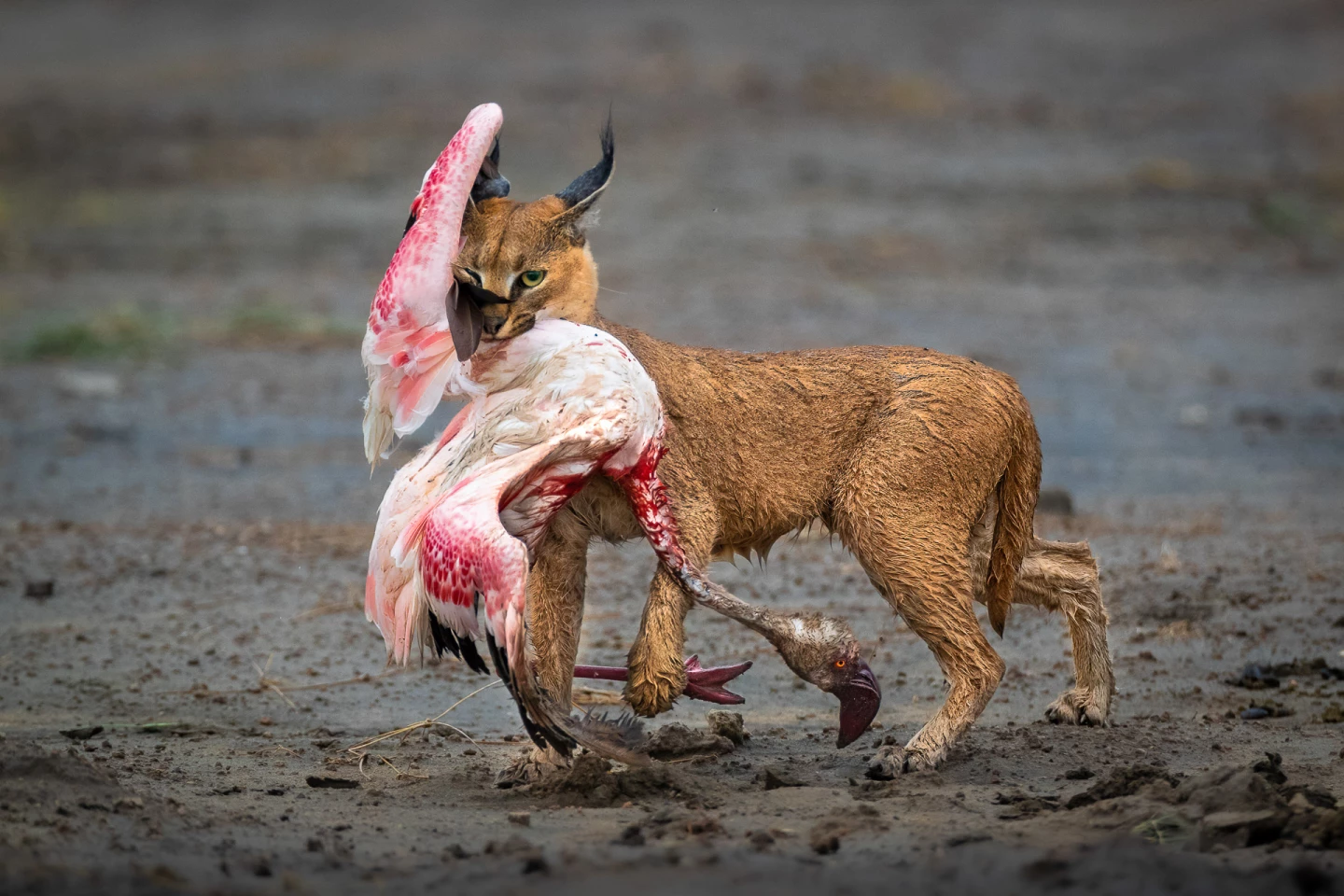
“The contrasting colors against the dark surroundings really make this image pop,” said Nichols. “A wonderful scene to have been able to observe no doubt, let alone capture exquisitely on camera.”
Another highlight this year came from photographer Josselin Cornou, capturing a truly incredible confluence of events. Taken in Helensburg, Australia, the shot features an assemblage of glow worms illuminating an old abandoned train tunnel following a storm.
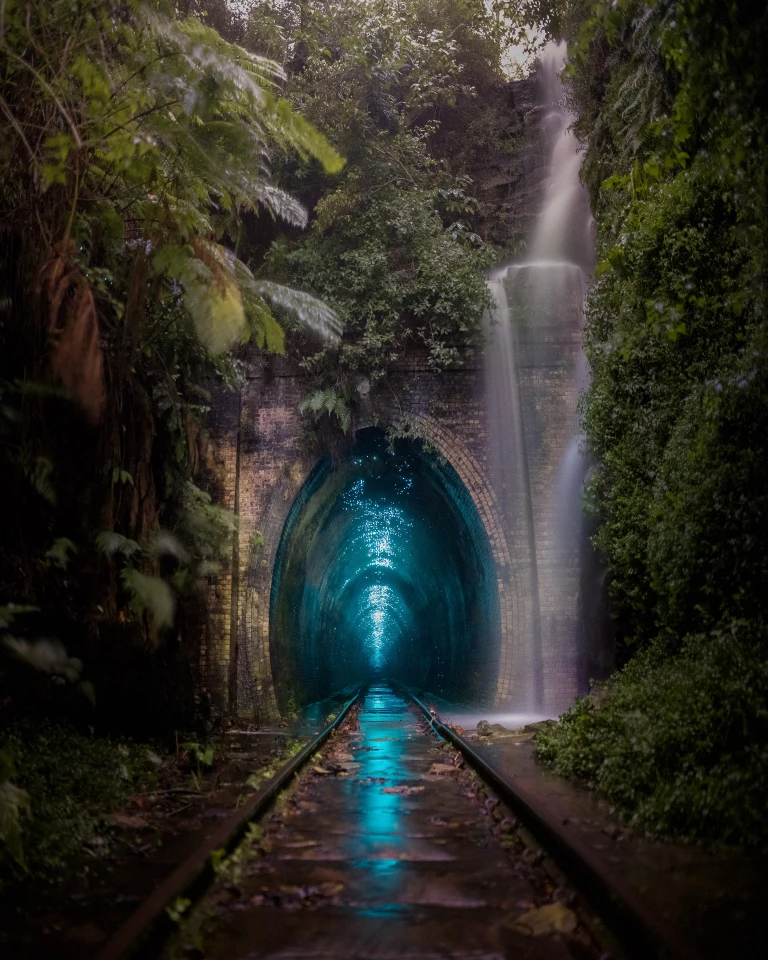
“In this photo, millions of glowworms can be seen,” Cornou explained. “To make this photo happen, I had to travel to the location during a storm, as an ephemeral waterfall would start to appear. A day after this photo was taken, the tunnel was flooded.”
Other highlights include a sublime landscape shot featuring a solitary sunflower rising out of a garbage dump with a bolt of lightning in the background, a portrait of a fish protecting hundreds of eggs in its mouth, and a surreal snap of a moth at night lit up with LED spotlights.
Take a look through our gallery at more shots from this years contest.
Source: Nature TTL



